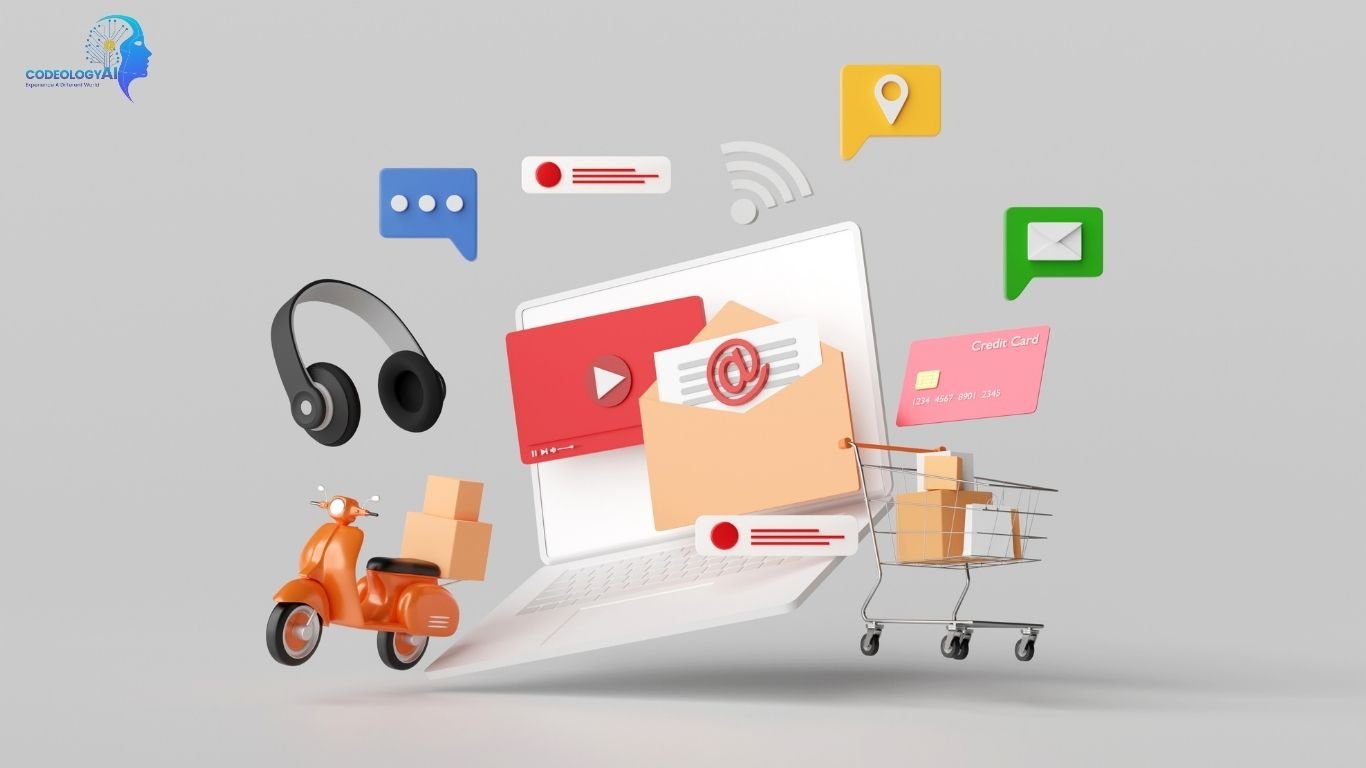
3D Digital Experiences: The Future of Interaction Is Already Here
Modern society is constantly transforming the digital realm, and at the core of this change are the 3D digital experiences and immersive elements. These technologies are revolutionizing the interactions that users have with websites, applications, and virtual spaces, creating a more captivating and engaging online experience than ever before. The effects that absorption technology has on the future of digital domains are indisputable—from marketing to education and almost everything else in between.
Understanding 3D Digital Experiences

3D Digital Experiences contain the domains of the virtual environments where users can freely navigate, manipulate, and interact with digital objects in 3D space. Elements of immersion include virtual reality (VR), augmented reality (AR), well-designed three-dimensional (3D) graphics, and other features that provide a sense of presence, deep immersion, and realism that flat design interfaces usually do not provide.
The history of web design now includes moving from static and simple pages to dynamic and Well-designed moving visual elements. Browsers now support real-time presenting of 3D graphics through WebGL and Web Assembly. At the same time, AI personalization and spatial computing are enhancing the quality of life with which people interact with digital experiences.
The Power of Immersive Elements in Modern Digital Experiences
3D creates a sense of depth, allowing users to feel as if they are part of the digital environment. This depth leads to higher engagement, as users are drawn into interactive product showcases, virtual tours, and story-driven experiences. For example:
- Gaming: The latest games use 3D worlds to fully engage users so they not only explore but also live stories within rich settings.
- Virtual Tours: It enables real estate exhibits and museum gallery-view locations to enable users to explore the space remotely.
- Interactive Storytelling: Brands now employ captivating 3D animated worlds to tell their stories in more appealing ways.
User experiences are made even more magical with fully integrated 3D elements as they enhance brand interactions profoundly and increase brand recall while building an emotional connection.
Key Technologies Driving 3D & Immersive Experiences
Several cutting-edge technologies enable these experiences:
- WebGL & WebAssembly: Power real-time 3D graphics in web browsers.
- Advanced 3D Modeling Tools: Blender and Cinema keep producing realistic models and animations.
- Virtual Reality (VR) & Augmented Reality (AR): VR provides total immersion, while AR overlays digital objects into the real world for interactive scenarios
- Artificial Intelligence (AI): AI helps personalize content, automates 3D content creation, and provides opportunities for procedural modeling
- Real-time Rendering Engines: Platforms like Omniverse, and Chaos Vantage create high fidelity, interactive 3D environments
Applications of 3D & Immersive Elements
3D Digital Experiences are transforming a variety of industries for the better:
- Web Design & Development: Interactivity and 3D navigation menus, as well as spatial arrangements, enhance both user engagement and experience.
- E-commerce & Retail: Customers are now able to make confident buying choices with 3D product visualization and virtual try-on tools.
- Architecture & Real Estate: Time is saved and reach is expanded with spatial exploration and virtual property tours.
- Storytelling & Content Marketing: Brands are able to communicate more effectively through interactive articles, deep-diving narratives, and museum exhibit-like branding.
- Wayfinding & Navigation: Users experience effective orientation and enhanced satisfaction with the help of 3D maps, kiosks, and AR-guided tours.
Benefits of Incorporating 3D & Immersive Elements
Integrating 3D and immersive features into digital platforms offers several advantages:
- Enhanced User Engagement and Retention: Retention rates are highly elevated as users are profoundly engaged with entertaining features and content as they interact with it.
- Increased Conversion Rates and Customer Satisfaction: Trust is built and enhanced along with sales. Expected results are that users can view tasters for products via interactive demos, along with purchasable virtual try-ons.
- Improved Storytelling and Brand Differentiation: Attractive and remarkable experiences allow brands to distinguish themselves from competitors.
- Better Spatial Understanding and Decision-Making: Having products and software portrayed in 3D videos and animations alongside the blueprints aids users in understanding and making use of the offered products incredibly and easily.
Challenges & Considerations
While the benefits are compelling, there are challenges to consider:
- Technical Complexity and Development Costs: Creation of engaging experiences with extreme realism requires unique talent and effort.
- Compatibility and Accessibility Issues: Users or devices do not have access to all the advanced features of 3D.
- Data Storage and Performance Optimization: Load times are affected by high-quality 3D assets, so they need to be optimized.
- Design for the User Experience: Users cannot be overwhelmed, so 3D immersive environments should blend streamlined design and balance functionality with beauty.
Future Trends & Innovations
The future of 3D Digital Experiences is bright, with trends such as:
- AI-Driven Content Generation: How Virtual Reality Hyperbole Deals with Custom 3D Models Through AI.
- Extended Reality (XR) Integration: smooth transitioning from AR and VR without losing attention. Mingling all types of reality with both the digital and the physical
- Expanding Use in Marketing, Education, and Enterprise: The Adoption of 3D and immersive technologies for training with customer interaction has immensely impacted innovation and imagination
Conclusion
The development of 3D elements and experiences continues to change the digital world, creating new opportunities for businesses and creators to capture the interest of customers while shaping their brand identity. Codeology AI is spearheading this charge with its cost-effective web design for small businesses, web development and design services, and custom website design services to assist clients with 3D digital experiences. Adopting these technologies today is necessary to maintain an advantage in an ever-changing world—make your presence on the internet memorable now.



